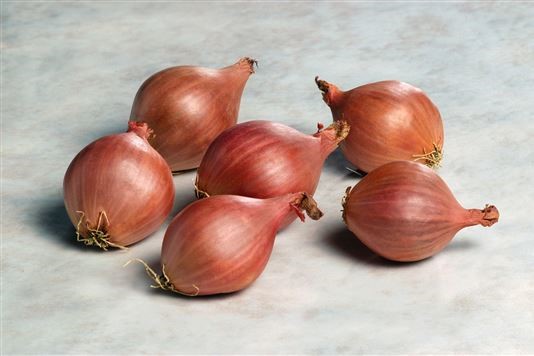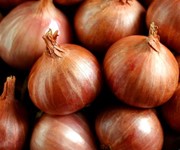
Shallots are fiddly to peel and more expensive than onions – so can you just replace them? We asked award-winning chef Paul Collins what he thought.
Sweeter, thinner, firmer

“It boils down to flavour and texture. Shallots are more highly perfumed and have a much more delicate sweet and piquant flavour when compared to onions. And they have a higher sugar content, so they caramelise more easily.”
“Plus you can chop shallots very finely because the layers are thinner. This means shallots have a really nice way of incorporating themselves more fully into sauces and dressings, whereas onions, even if chopped finely, will largely maintain their shape so you'll have little bits of onion in your recipe.”
Shallots also have a lower water content when compared to onions – a characteristic that makes them ideally suited to stir fries and Asian dishes. “Shallots produce a more pungent and firmer end result, while onions have a tendency to boil in their own juices,” said Paul.
How to prepare a shallot
“It’s also worth remembering that round shallots are fantastic to use whole. Just throw them into stews, around your meat joint, or with other roast vegetables to get a delicious sweet veg accompaniment that subtly takes on the flavour of the meat juices. You don’t even need to peel them, so what could be easier?”
And lastly, any tips to stop our eyes watering? “You must have a very sharp knife and a wet chopping board. Cut them in half from root to tip, then place the shallot, cut side down, on the chopping board. Make horizontal cuts toward the root, leaving the root intact. Then cut crosswise into pieces of desired fineness.”
Click here for more information on shallots.
You might also like
Chicken with prosecco and shallots